Felt is very popular when making crafts or appliques. It holds its shape well, does not stretch and is quite easy to care for. This article tells you what to glue felt with and where it is used.
In what cases is it necessary to glue felt
Basically, it needs to be glued when making appliques, as well as decorating clothing items. Pieces of fabric can be added to a bag or backpack, make some figures, and glue them to children's clothing. You can make pictures with the addition of soft plastic and a sealant. There are many options, the main thing is to include all your imagination.
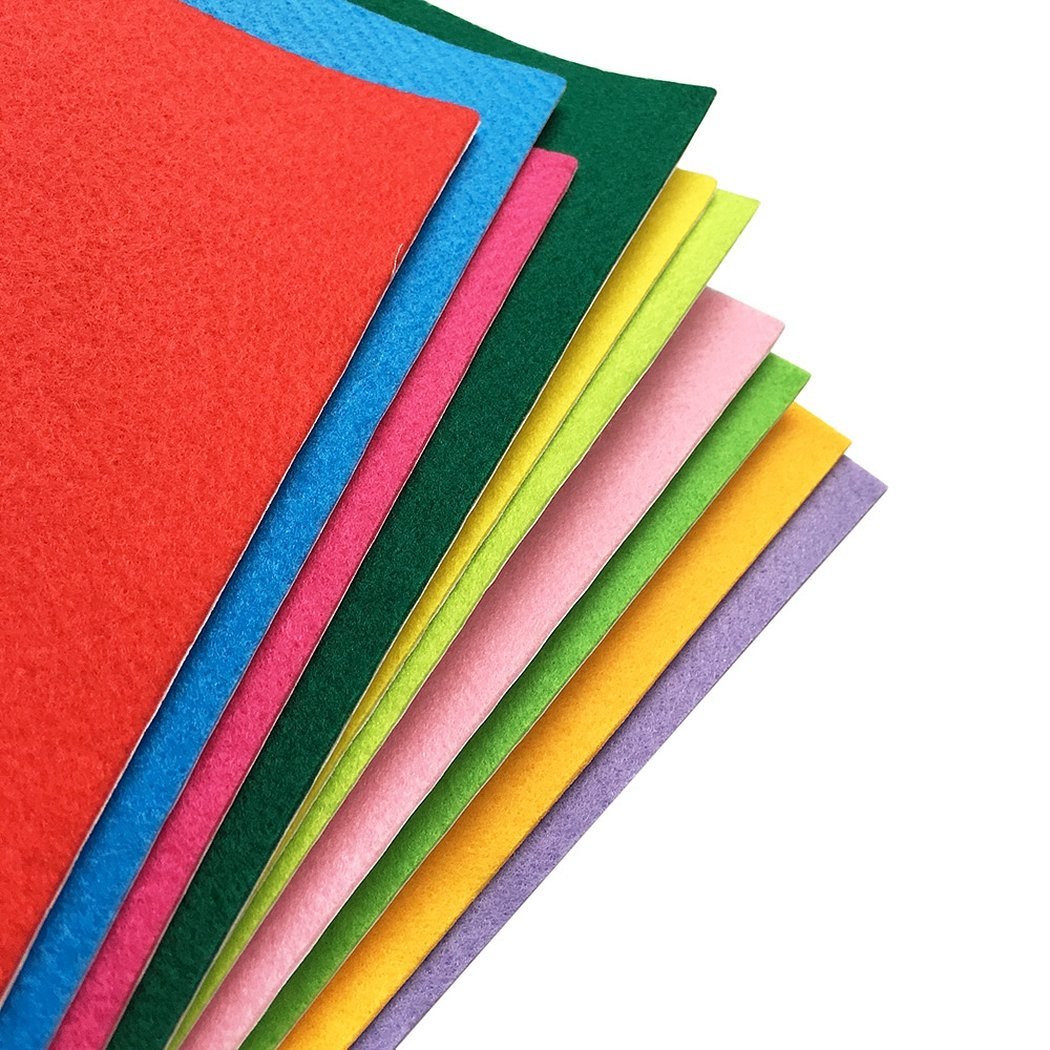
Self-adhesive felt
It looks like dense felt, which is made from fluff or coarse wool. It is sold in stores both in rolls and in small pieces.
You can make things from it or decorate notebooks. Self-adhesive felt is equipped with an adhesive strip or base for convenient use.
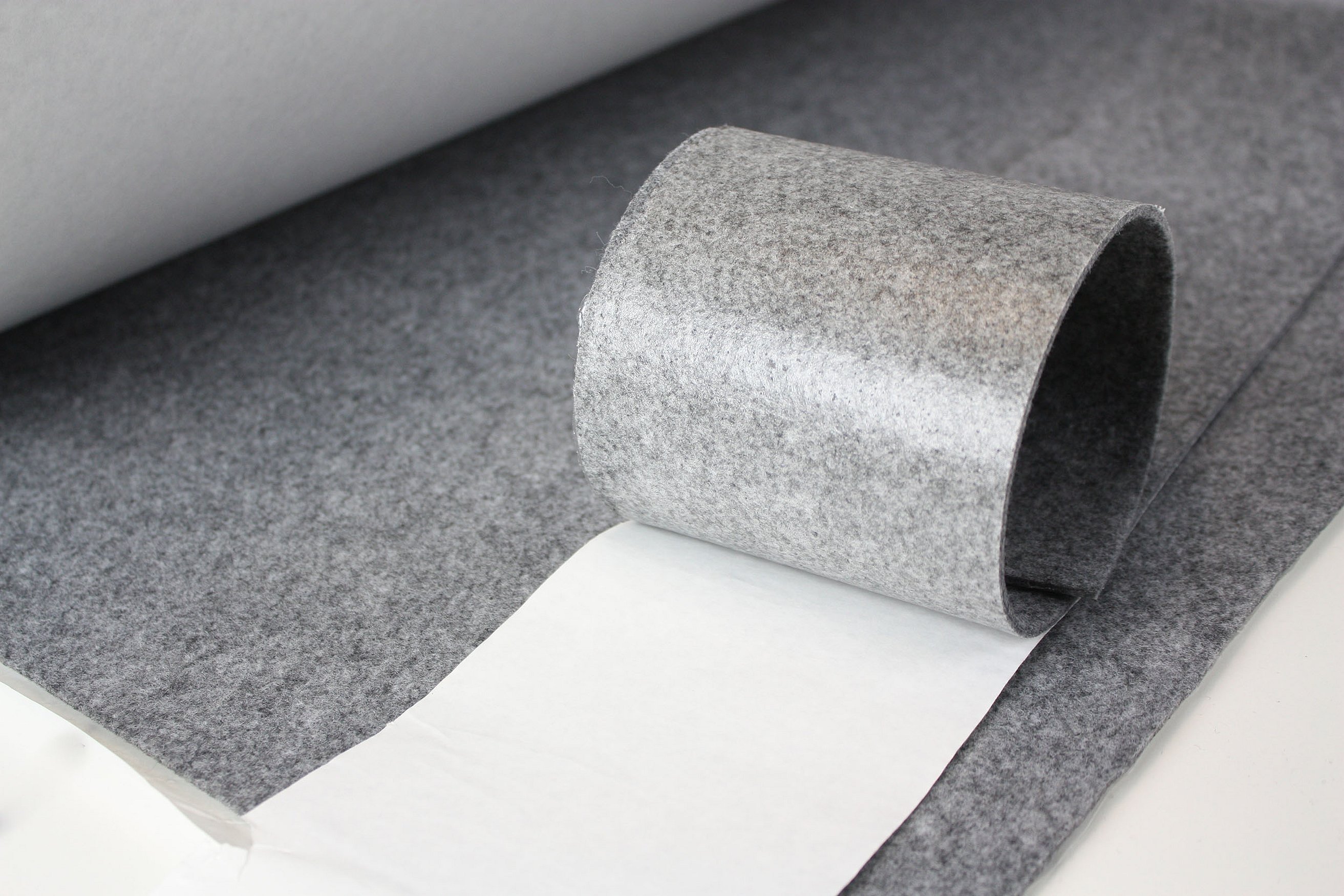
There are different types of felt. Acrylic is characterized by a slight crunch when bending and weak flexibility.
Attention! Its price is low, but it has a wide variety of colors. The material is very hard, it is mainly used for decorating albums, notepads or baskets. Sometimes felt pads for furniture are used.
Similar qualities are possessed by the material which contains polyester, but such felt is softer and more pleasant. It has already won the love of craftswomen, thanks to many points:
- Does not form pellets;
- Doesn't shine;
- Wear-resistant;
- Large selection of colors;
- Keeps its shape;
- Cheap;
- Soft to the touch.
This is used to make toys. It can be easily washed and is safe for children.

But craftswomen don't particularly like natural, although it can be combined by any methods. But it has a number of disadvantages:
- High price;
- Small selection of colors;
- Shrinks when washed;
- Wears out easily;
- Pills form;
- High density.
It holds its shape well, but it is almost impossible to sew with regular threads; you need a sewing machine.
Below are described options for gluing felt together.
How to glue felt together
Tools for working with felt fabric:
- Regular scissors;
- Manicure scissors;
- Roller for cutting fabric;
- Punch;
- Pins, needles, double sided tape, fabric chalk;
- Fabric glue, the choice depends on the type of connection.
You need to choose the glue very carefully when working with felt.
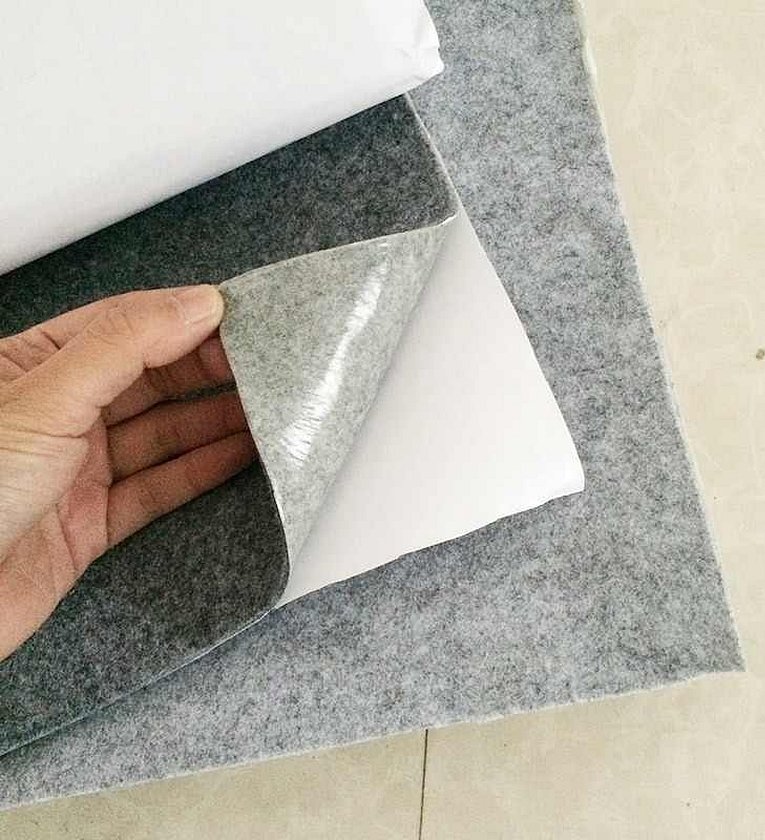
The main brands are presented below:
- FG40Z. It is designed to work with different fabrics. It dries quickly, does not leave streaks, and can be washed off with water if desired. The jar has a thin dispenser, so it is convenient to work with small elements. It does not contain chemicals.
- "Moment-Crystal". It glues very strongly, the substance itself is transparent. It is recommended to apply it with a brush, because it is very liquid. It is not allowed to be used by people who are allergic to chemical additives.
- "UHU Creative". Quickly fixes felt fabrics, synthetic padding, wool, chintz and other materials. Can be combined with cardboard or paper. Mainly used for crafts, easily washed off with water.
To choose what to glue felt with, you need to decide on the base (paper, cardboard, fabric, wood).
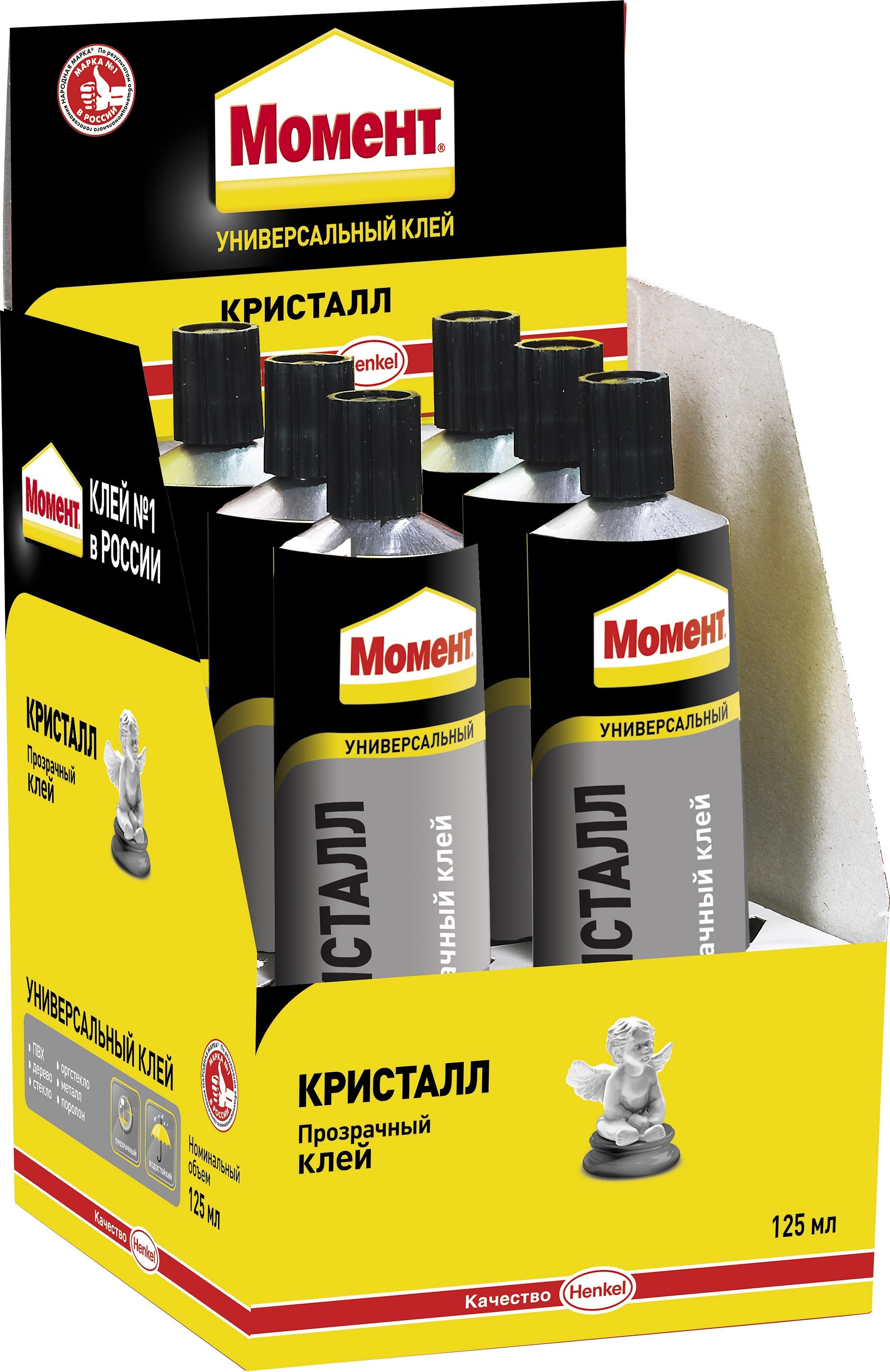
Why you shouldn't use PVA glue
Some people use PVA when working with textiles, this is a big mistake, only universal glue is needed.
Regular PVA is used only when working with paper or cardboard. If you use it on fabrics, it will leave yellow stains.
It is better not to use white and thick glue at all, as it forms lumps.
Attach with silicone
For easy and enjoyable work, you need to choose good tools. The glue gun belongs to the category of electrical appliances, it works from the network and heats the silicone inside. In the process, it flows out of the gun onto the work surface. If you only work with fabrics, you can buy a gun with a 7 mm rod, this will be enough.
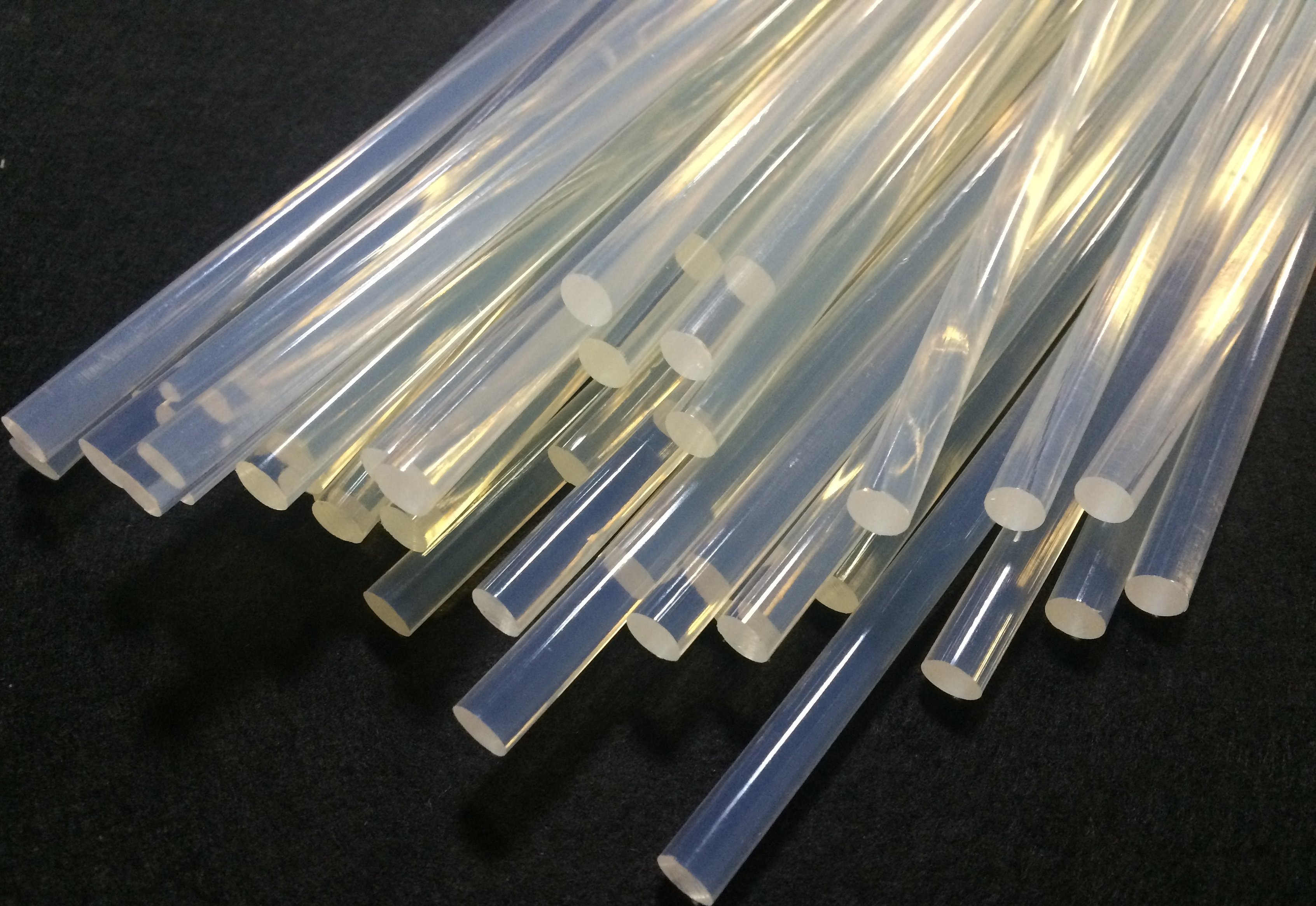
The length of the rod depends on the quality of the work, if you take very short ones, you need to change them constantly. When buying a gun, you need to pay attention to the heating temperature. For classic rods, heating up to 100 degrees is enough, if the temperature is higher, then the melting speed is correspondingly, which means the work is faster.
This is one of the practical methods, the connections are strong and the time costs are reduced. You need to use a glue gun for the work.
Step by step actions:
- Insert silicone inside;
- Turn on the glue gun;
- Within a few minutes the silicone will begin to melt;
- Start working with the gun;
- At the end of the work, turn off the gun and remove excess residue from the dispenser.

You need to work quickly with such a gun, the silicone dries instantly, and then it will be difficult to remove it from the craft. Such a gun is needed not only for crafts, but also for repairs.
Bonding with regular glue
It must be applied carefully, without staining unnecessary areas, so that the fabric does not become saturated with it where it is not needed.
Step by step actions:
- Must be clean and dry;
- Apply with a brush in one thin layer;
- After 5 minutes, press hard on the fabric to stick it.
After selecting the material, it needs to be prepared for work. Regular glue needs to be shaken well, when working with a gun, its technical condition needs to be assessed, and if Moment is used, the room should be well ventilated.
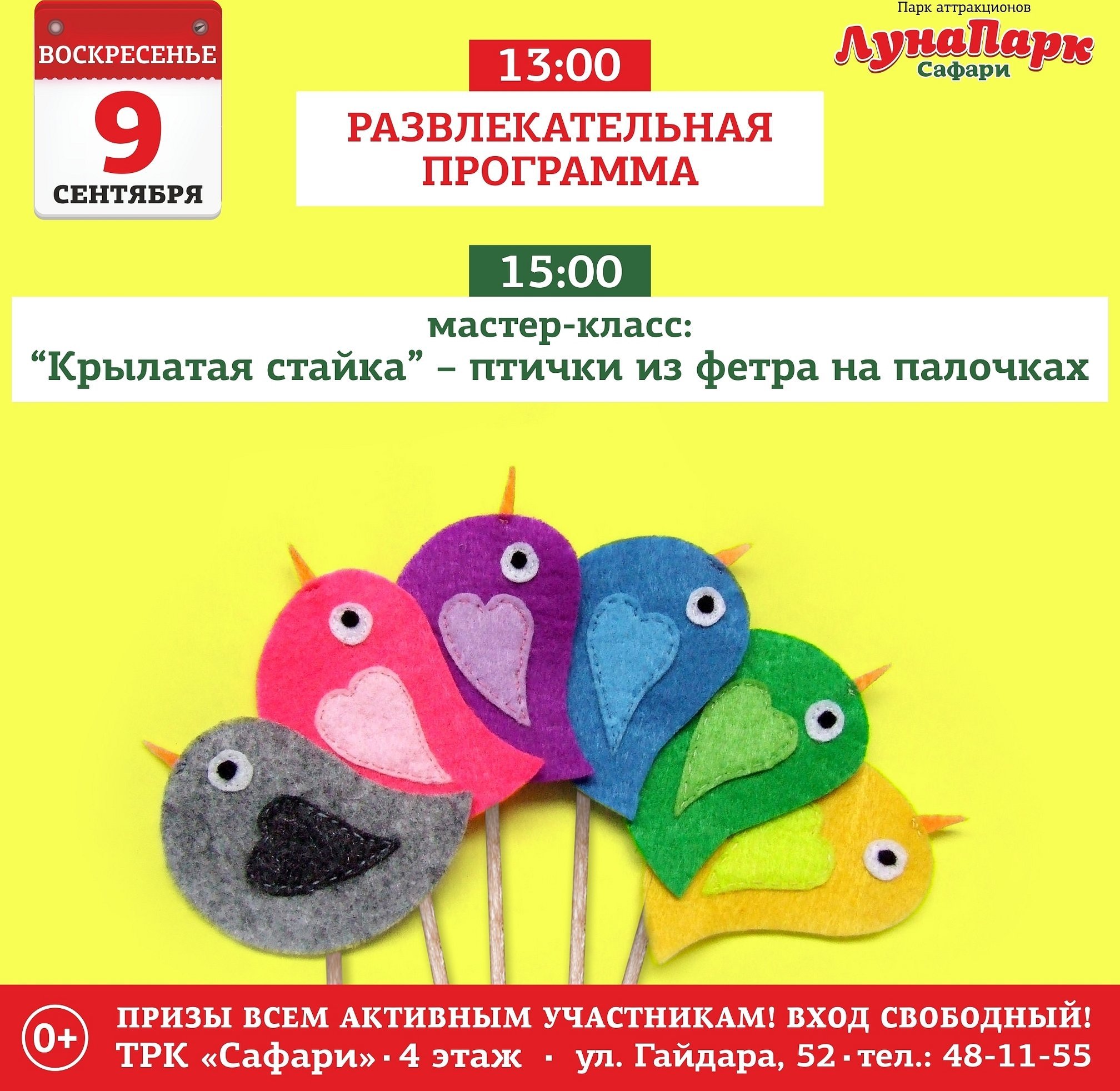
Before starting work, you need to evaluate the effects of the glue on the fabric. It should be applied in a thin layer so that it does not completely soak into the fabric. If this happens, the Moment-Crystal will end up on the back of the product, and then stains will appear. If this happens, you can make a duplicate of the material.
It is allowed to wash such products in the machine, in a delicate mode. It is not advisable to wring, drying is carried out only at room temperature, in a horizontal position. Otherwise, the craft or thing may stretch. Since felt is quite dense and rough, there is no need to iron it.
Direct sunlight should be avoided as the fabric may dry out and become very brittle.

When hand washing, do not wring or twist the fabric too much, as this may cause pellets to appear. If the fabric is not very dirty, it is enough to dry clean it with a coarse brush.
How to glue felt to fabric
To beautifully make crafts from fabric, including felt, craftswomen can use various improvised and specialized tools. Not every glue can bond felt and fabric, so you need to choose it before starting work.
Previously, PVA was always and everywhere used, because it was cheap and was in almost every store. Since handicrafts became very popular, they began to produce special adhesives for textiles. The most popular are Moment or hot glue. What to glue felt to felt depends on the density of the fabric itself.
It is advisable to attach felt to any other fabric using Moment-Crystal glue. It makes fast and strong bonds. The material is not completely saturated with it. It dries in half an hour. It can be machine washed at a temperature of up to 40 degrees.
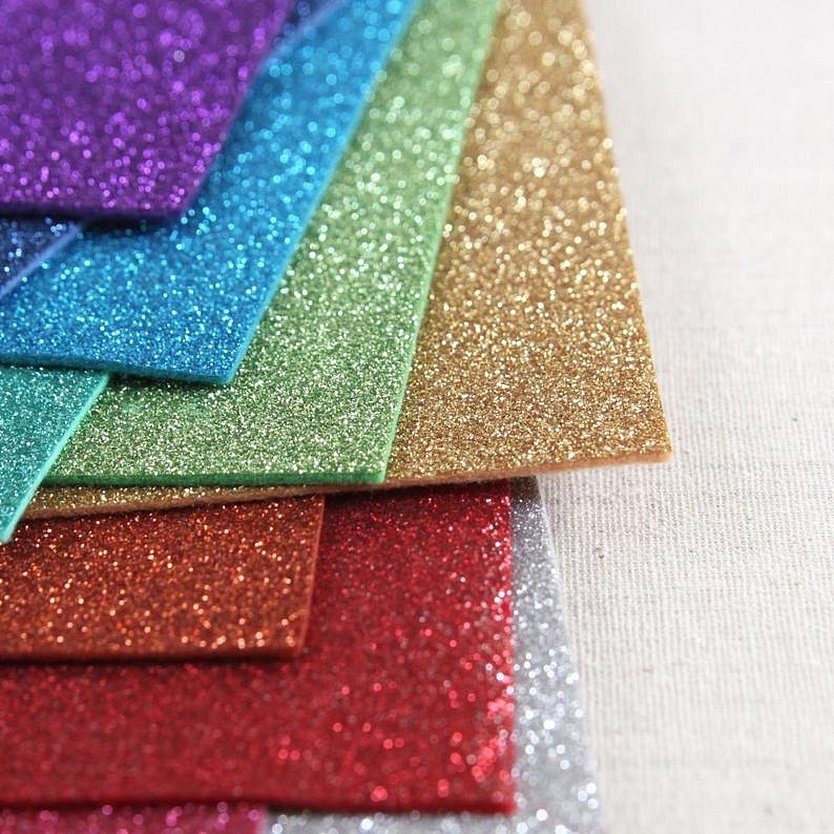
How to glue felt to cardboard
For cardboard, it is better to use Creative glue. It is transparent and does not leave greasy stains on the cardboard. Excess residue can be removed by hand before it dries. To fully complete the craft, the glue should dry for a day. It is better to find out more about how to glue felt to cardboard from sellers in a textile store.
How to remove glue residue - useful tips
There are several methods to remove excess residue:
- PVA is transparent. It can be removed with warm water or pure alcohol;
- Creative. Can be removed with cold water and a pinch of soda. You need to soak a cotton swab in the solution and run it over the glue residue;
- Moment Crystal. This glue is easily removed with solvent or alcohol diluted with water;
- Silicone. You need to put the craft in the freezer and wait for the glue to cool. Because of the frost, it becomes brittle, you can remove it with your hands or a knife. You can also use acetone.
Attention! Before starting work, you need to test the effect of felt and glue.
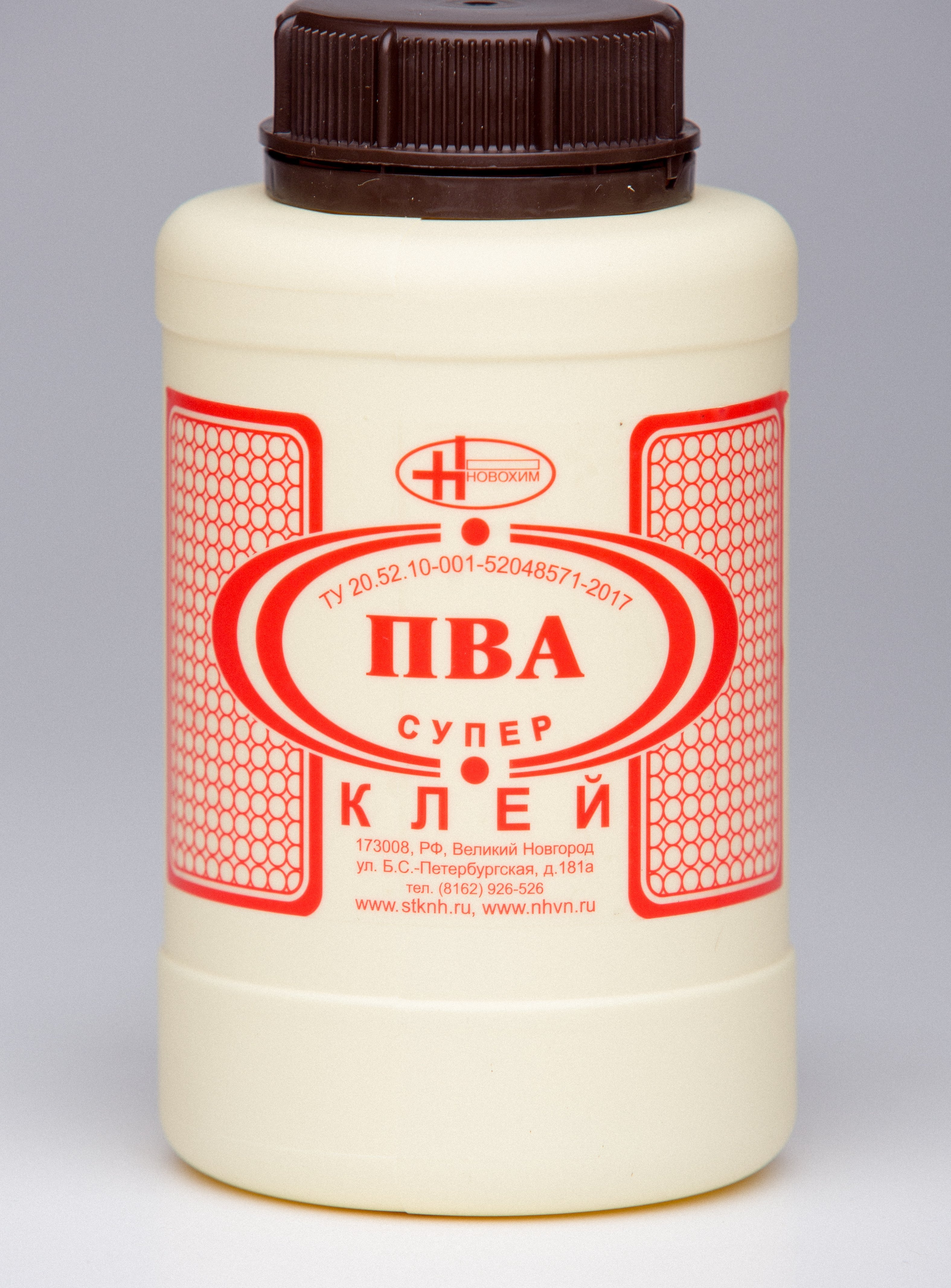
Self-adhesive felt can be purchased in textile stores or in places where there is everything for handicrafts. Usually, felt on an adhesive base is sold in sheets of 30x30, with a protective film. You can also buy sets of 10-15 colors at once. These are mainly needed for work at school.

In conclusion, it is necessary to sum up. That felt on an adhesive base is great for making not only crafts, but also for decorating various elements of clothing. It is important to choose the right glue, otherwise there is a risk of ruining the product after the first wash. If you have doubts about the choice, you can contact the sales consultant and find out how to glue felt to the fabric.




